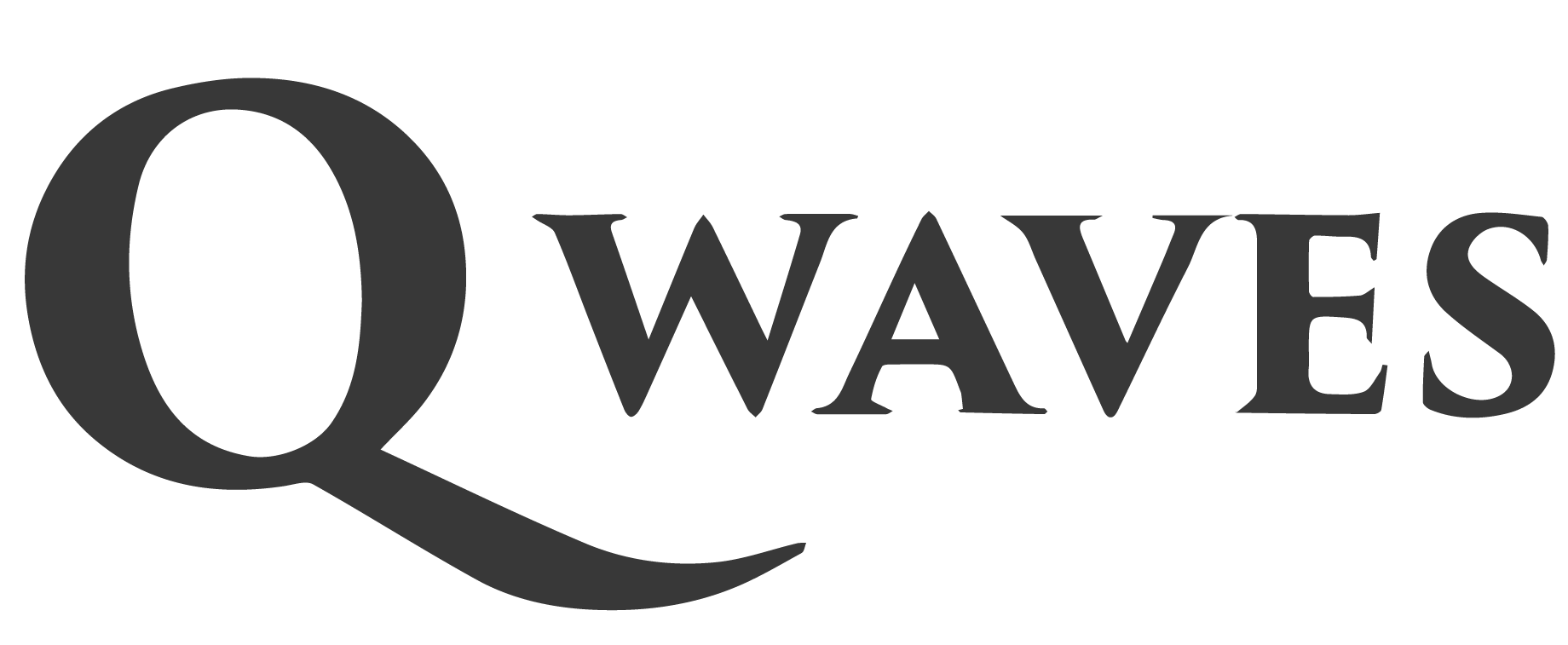New Project Aims to Preserve Hawaiʻi’s Queer Histories
by Sandy Harjo-Livingston - KHON2 News - 4/10/24
HONOLULU (KHON2) — History in Hawaiʻi is a big deal. While many tribes throughout what we now call North and South America had their histories, cultures and traditions nearly eradicated by European invasions and their resultant colonization, the Kingdom of Hawaiʻi sought to secure Hawaiʻi’s legacy, including its history.
From Hawaiʻi’s high literacy rates that resulted in many nūpepa (newspapers) that chronicled Hawaiʻi’s life to oral stories that have made their way to modern translators, there is a long history of preserving Hawaiʻi’s history.
A new project known as Lei Pua ʻAla seeks to collect Hawaiʻi’s queer histories, and Hawaiʻi has a very long history that does not involve European constructs on gender.
KHON2.com was able to catch up with the busy directors of the project, Joe Wilson and Dean Hamer, to talk about this new initiative.
Wilson and Hamer are filmmakers who have lived in Hawaiʻi for 20 years. During their time here, they have delved into the deep histories, even some that have been forgotten over time, like the Kapaemāhū Stones that are in Waikīkī.
So, let’s meet Wilson and Hamer and take a look at what they’re doing to preserve facets of Hawaiʻi’s history.
Wilson and Hamer are partners in filmmaking and life. They are historians and archivists, researchers and filmmakers. They cover a lot of different areas because this project covers many different facets and uses many different types of approaches both to study history and then to present it out to the people.
They have worked on a number of projects primarily in documentary and animated film that have aimed at helping to lift up inspiring stories of gender and sexual diversity in Hawaiʻi.
One project that they worked on with Kumu Hina and that was eventually nominated for an Oscar is the Kapaemāhū story, which is also recreated in a children’s book and an exhibit at Bishop Museum in 2022.
“One of the things we realized as we were working on [Kapaemāhū] is that Hawaiʻi has a very unique history for queer and māhū and aikane people different than in other places in the world,” explained Hamer. “We were interested in that to understand how that occurred and because we also think it’s something that people in Hawaiʻi and the rest of the world really can learn a lot from. It’s a really special history; it’s different. And it’s important to know how Hawaiʻi became the place that it is today.”
Hamer explained that they are most interested in what visibility and representation means and perhaps as that relates to economic, social and political well-being of everyone, but in this case, particularly māhū 2SLGBTQIA+ folks in the islands of Hawaiʻi and beyond.
“The reason that I think became strikingly important for us was in the previous work that we mentioned, particularly around the moʻolelo or the story of Kapaemāhū,” said Hamer. “Here in Hawaiʻi, there is a monument on Waikiki Beach. These four great stones that symbolize healers who are said to have come to Hawaiʻi long ago from Tahiti and they brought the healing arts. They share them with the people and they were beloved by the people for their talents and their skills. They also happen to be māhū, the legend says, or people of dual male and female heart, mind and spirit. And this is what made them so exceptional as healers over the centuries while those stones stayed on the beach.”
Hamer went on to explain that the story about who they were was changed and ultimately the part about their gender fluidity or their being māhū was suppressed and erased from the retelling of that story after the United States took control of Hawaiʻi.
“Our work in bringing that story back to life revealed that when people have the opportunity to see themselves represented, particularly in their own community, as valued members of their community is incredibly impactful in a number of ways,” added Hamer. “And that’s what this project aims to do as well.”
In collecting these histories, Wilson and Hamer intend to prevent erasure of entire segments of Hawaiʻi’s history. The parts of Hawaiʻi’s history that celebrates and honors the diverse makeup of kānaka maoli.
As Euro-centric constructs that ignore native histories and experiences continue to pervade much of how residents of the United States and now Hawaiʻi interact with pervasive native populations, many within native communities, including kānaka moali, are pushing back.
Many in native communities reject these Euro-centric constructs since they do not and cannot communicate native experiences.
“Hawaiʻi is obviously a place that is known first as the home of Hawaiians and native Hawaiians in particular,” said Hamer. “Now, in the context of contemporary Hawaiʻi, it is also a multicultural society; and over the centuries, many different peoples were brought here as workers or came here of their own volition. Now, Hawaiʻi is a very pluralistic and multicultural society that we think has a history that reflects important experiences that offer hope. Our initial research is starting to bring some of those stories forward, and that’s what we’re excited to share in many different ways.”
You can check out some of their sample stories when you click here. Wilson and Hamer are calling on folks with histories to share to contact them. They are working to compile these stories so they are not lost or forgotten. You can also click on that link to access history submission.
You can watch Wilson’s and Hamer’s full interview in the video below.
So, if you have histories that need to be preserved or know of someone who does, then contact Wilson and Hamer. They are on a mission to make sure it will not be lost.
